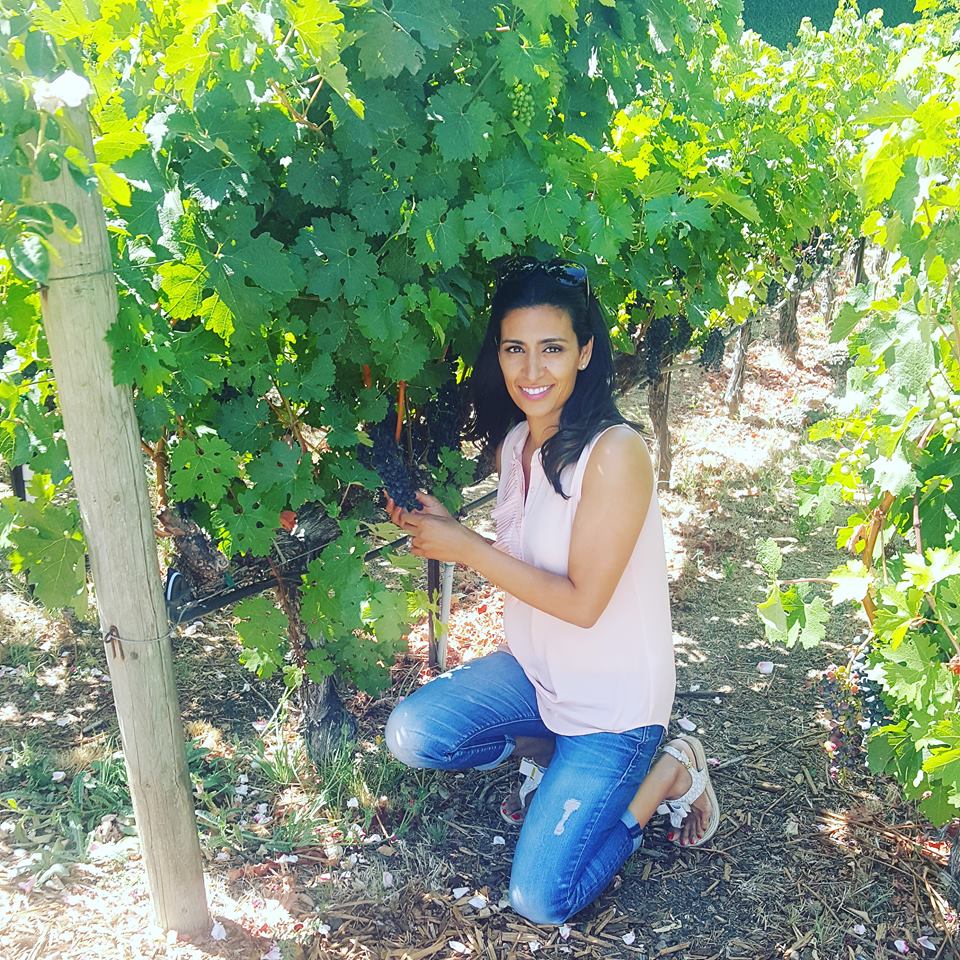THE STORY OF DRAGON’S TEARS
By 2005, the sister and brother team of Manjit and Ravinder Minhas had carved out a sizeable share of the beer and spirits business. They decided adding wine to their lineup would make good sense. However, the siblings had little experience in the wine industry. The initial offerings weren’t too well received causing a few “TEARS”. They soon realized they needed more understanding of the complexities and unique process of crafting wine.
They decided to persevere and work hard in understanding how to correct that initial attempt, and more importantly, have much more extensive tasting panels to advise them on the decision of what wines to offer, as they believe learning from the past is a calculated plan to prevent any more “TEARS”.
Years of careful research and deliberate tastings have lead the Minhas siblings to create the Dragon’s Tears Wines. The tasting panels are currently headed up by Manjit and Ravinder to personally approve all of the Dragon’s Tears wines, which are now changing the face of wineries by offering amazing wines at amazing value.
In Vino Veritas-In Wine there is Truth
LEGENDARY TIMES CALL FOR LEGENDARY TASTE
This Dragon’s Tears wine is produced from grapes grown in their Belen property in the famous Casablanca Valley. The wine is fermented and aged in the facilities in Chile. Vineyards – The fruit for this wine comes from the winery’s Belen property in the cold Lo Ovalle sector of Casablanca. The clay and granitic soils of limited fertility and the valley’s maritime influence enable the production of grapes with high aromatic expression and abundant freshness. The vineyard is vertically positioned, guyot pruned, and drip irrigated. Harvest takes place in early April. The grapes are hand-picked and pneumatic presses are used to obtain the must, which is decanted at low temperatures to reach the maximum clarity. It is fermented with selected yeasts in stainless steel tanks at 10 -12˚C which enables it to develop all of its varietal potential with pronounced citrus notes. The wine remains on its fine lees until bottling to preserve its freshness and increase its volume on the palate.


